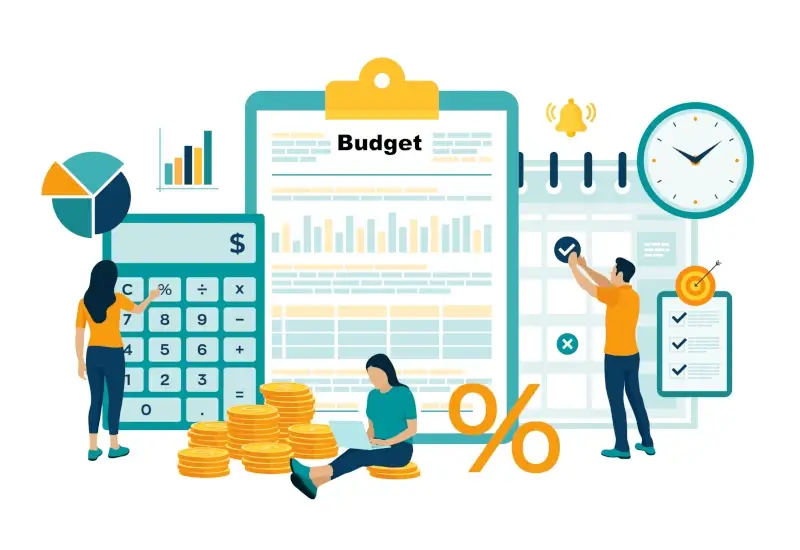A strong study design for an investigator initiated trial (IIT) requires a well-planned budget. After all, even the best science can’t happen without money. Good budgeting is an art form; there are numerous factors you have to consider and balance. On the one hand, you need to ask for enough funds to cover all your projected expenses. On the other hand, you don’t want your budget to be too expensive to the point that it gets rejected. In this article, we’ll highlight some of the key considerations for creating a study budget.
Direct Costs
The first step in outlining your budget is to list all the direct costs you will incur during the study. These are expenses directly related to the project. This does not include expenses that are shared across other studies, such as rent for your office space, administrative or accounting fees. For most studies, the main direct costs include:
- Materials and supplies
- Advertisements and marketing
- Costs to enroll participants and renumeration
- Training
- Specialized equipment
- Regulatory costs
- Meetings
- Travel
- Publication and conference fees
- Human resource
The devil is in the details, so be very thorough in listing every expense that you will need in your budget. The last thing you want is a surprise expense when your study starts. After you’ve listed your expenses, assign a low estimate and a high estimate for each of the categories. This will give you a good idea of how much money you will need to ask for. Ideally, always ask for the highest amount possible, and settle for an amount that falls in between your minimum and maximum budget.
If you’re uncertain on what is a reasonable amount for a particular expense, you will need to do some additional research. For example, ask for advice from a colleague that has successfully applied for the same funding. For expenses related to materials, supplies, and equipment, you can ask for a quote or an estimate from your potential supplier.
Human Resource
The salaries and wages for the personnel required to run your study will account for most of your study’s budget. For this reason, be very mindful when you decide how many people you want on the project. You definitely do not want to be short-staffed, but at the same time, you don’t want to be overstaffed and burn money. Remember that it’s easy to hire someone, but extremely difficult to let someone go. To estimate how much money you need for human resource (HR), you can use one of the following formulas:
HR cost = number of people needed * total hours required for the project * hourly wage
OR
HR cost = number of people needed * months required for study completion/12 * yearly salary
Buffers
The truth is, projects never go according to plan. There will likely be surprise or extra expenses due to unforeseeable and uncontrollable circumstances. For this reason, build in some cushion in your budget to absorb these costs. A good rule of thumb is to increase all your estimates by an additional 15 to 25 percent.
Indirect Costs
Unfortunately, direct costs are not the only expenses that you will need to consider for your study. Indirect costs are expenses not directly related to your project but are still essential to the study. This includes costs for the infrastructure, the wear-and-tear of equipment, lab space, insurance, waste disposable, safety monitoring, permits, electricity, and heating. For most proposals, indirect costs are not eligible to be included in the budget. Instead, at an academic institution, they are included in the overhead cost. This cost is usually added as a percentage of the total budget cost, ranging between 20-40% (depending on the institution). It’s a big expense of which the funds you will never see. Hopefully though, if you are lucky, your institution’s finance department may reimburse or reduce some of the overhead costs back for you or your sponsor.
Final Review
If you think your budget is too expensive, then you can try to eliminate or reduce spending in certain categories. First, identify the expenses that are essential for your study to succeed; these expenses you should not compromise. Then, highlight the expenses that are nice to have and thus, reducing their budget would not impact the outcome of the study. Additionally, try to brainstorm alternative solutions that are more cost-effective but achieve the same goals. For instance, you could reduce the travel costs for meeting significantly by having an online meeting. Instead of having an in-person training session, you could create a training video.
Remember that the first draft of your budget may not be the best version. You may be leaving money on the table, or you may be over asking. So, if possible, we recommend getting another person to look at your budget to see if the numbers are reasonable. Sengi offers help on creating budgets and drafting proposals for your clinical studies and IITs.


